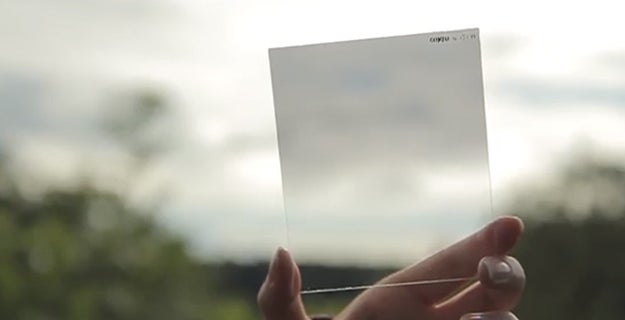A Graduated Neutral Density Filter Lets You Take Balanced Landscape Photos Without HDR
Avoid the unrealistic glow of stitched, bracketed digital images with a simple piece of glass

We may earn revenue from the products available on this page and participate in affiliate programs. Learn more ›
On a bright day, many photographers know it is nearly impossible to capture a landscape with a balanced exposure that retains enough information to render the scene as it appears to the naked eye. Either you meter for the foreground and blow out the sky, losing details of the clouds in a white haze, or meter for sky and leave the foreground shrouded in unreadable shadow. That’s usually where HDR comes in. Many photographers take several images and then use software (in the camera or on a PC) to merge them together. Though practical, however, the effect of HDR can often be unrealistic, overwhelming and kistchy.
Since the early days of analog photography, landscape photographers have been using a simple workaround, Graduated Neutral Density filters. Basically, an ’ND Grad’ is a piece of glass that is darker and lets less light pass through towards one end, and is completely translucent at the other, available with either a gradual or sharp gradient. With the darker side aimed at the sky, and the translucent at the foreground, it’s possible to get a balanced image without stitching together bracketing exposures. The following video from Photoplus magazine explains how to use ND filters and explores some of the mounts available for today’s digital cameras.
[via the Photoblographer]